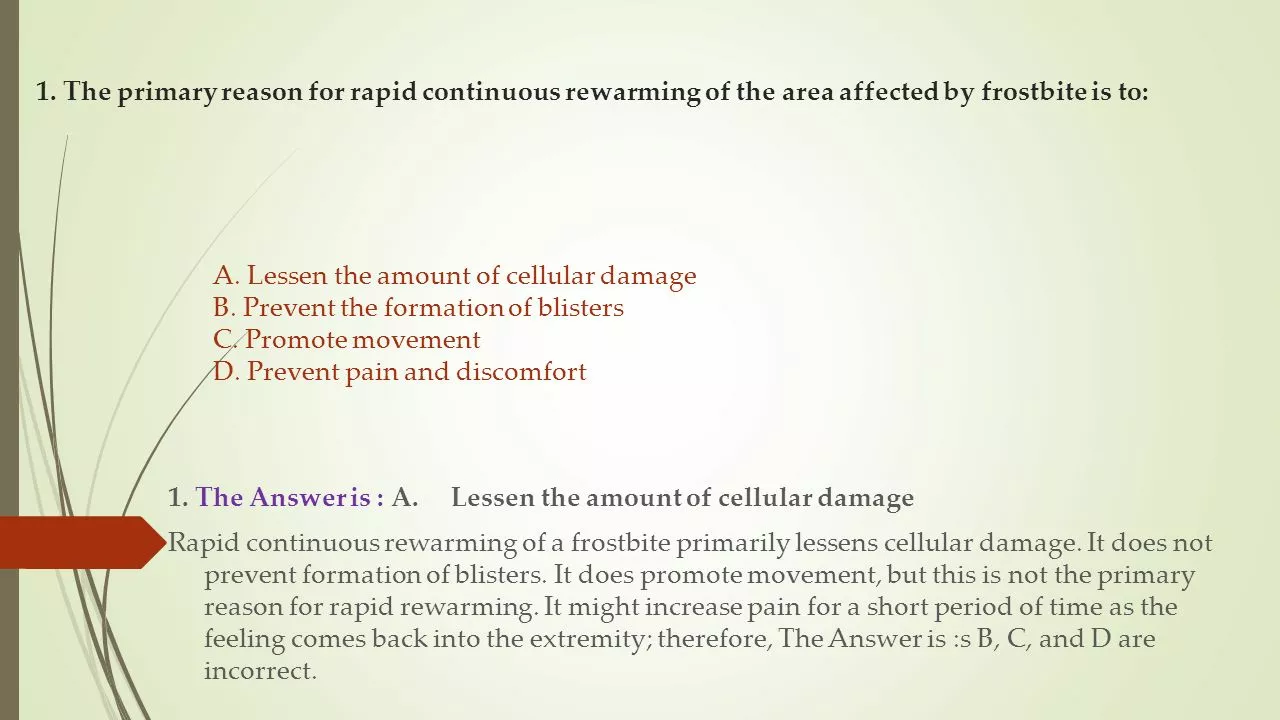Having experienced minor surgery recently, I can't stress enough the significance of follow-up appointments. They are crucial in tracking your recovery progress and ensuring that there are no complications after the surgery. Doctors use these sessions to address any lingering pain or discomfort you might have and adjust your treatment as necessary. They also serve as an opportunity for patients to ask questions and clarify doubts. In short, follow-up appointments are a critical aspect of post-surgery care that should not be overlooked.
Follow-up Appointments: Make Every Visit Count
Missed follow-ups aren’t just inconvenient — they can slow recovery, delay diagnosis, or let medication problems go unnoticed. Treat follow-up appointments like the most important part of your treatment: that’s where progress is checked, problems get fixed, and plans get updated. This short guide helps you prepare, ask the right questions, and avoid the common mistakes people make after a clinic visit.
Before Your Follow-up
Confirm the appointment type and bring the right stuff. If it’s telehealth, test your camera and connection 10 minutes early. If it’s in person, bring a list of current meds (include doses), any new symptoms, and recent test results or reports. Write down the exact reason you need this visit in one sentence — that helps your clinician focus fast.
Set clear goals for the visit. Examples: get medication adjusted, review blood work, check a wound, or discuss referral. Jot 3 priorities in order. When the clinician asks, lead with your top priority so it gets addressed first. If you want a family member on the call or to come along, ask permission and confirm that’s okay ahead of time.
During and After
Use direct questions that prompt clear answers. Instead of “Is this okay?” ask: “Should I stop this medication if symptoms improve?” or “What exact symptoms mean I should call you or go to ER?” Ask for timelines: “When should I expect to feel better?” and “If I don’t see improvement in X days, what next?”
Write instructions down or record the session (with permission). Many patients forget half of what they hear. Ask for a simple plan you can follow at home: meds, lifestyle steps, warning signs, and the exact follow-up window — for example, a 48–72 hour check after starting a new antibiotic if symptoms don’t improve, 1–2 weeks after minor surgery to check healing, or 3–6 months for stable chronic issues depending on your provider.
Manage prescriptions proactively. If a refill or change is needed, confirm who will send it and when. If you use an online pharmacy or need delivery, set reminders to order early — shipping can add days. If lab work or imaging is ordered, ask who will contact you with results and within what timeframe.
Track progress with simple tools. Use a symptom log, medication chart, or photos of a wound healing. Note date, time, and severity. This gives clear data for the next visit and helps your clinician make better decisions.
Know the red flags. If you notice sudden shortness of breath, severe chest pain, uncontrolled bleeding, high fever, or sudden confusion, get emergency care — don’t wait for a scheduled follow-up. For less urgent but worrying changes, message your clinic or use a telehealth visit to avoid delays.
Finally, if the scheduled follow-up doesn’t fit your life, ask for alternatives: a nurse call, virtual check-in, or extended waitlist options. Good follow-up care adapts to your schedule and keeps your treatment on track.

